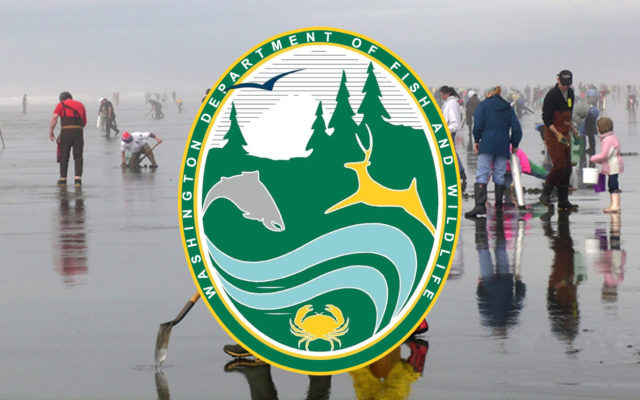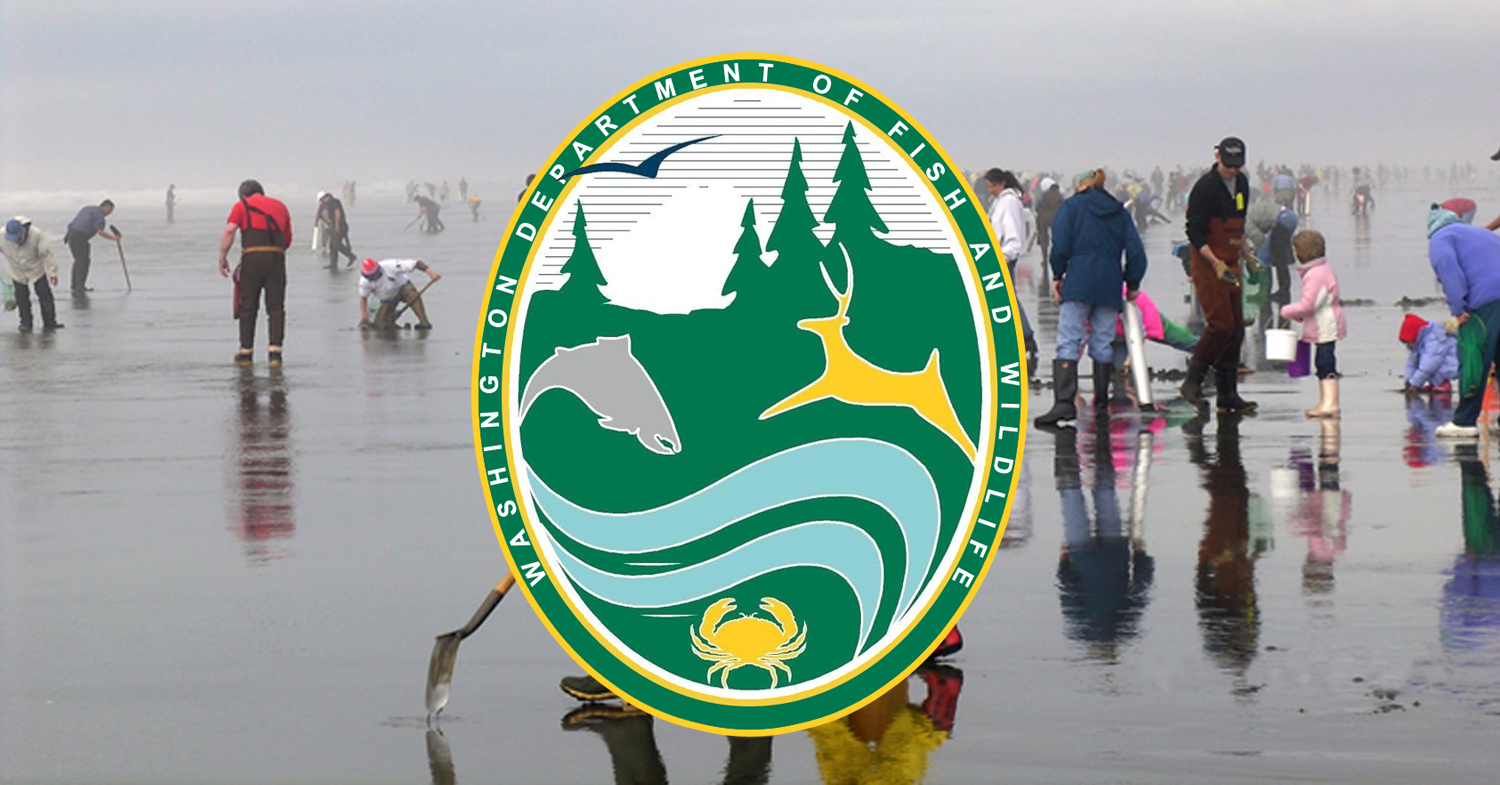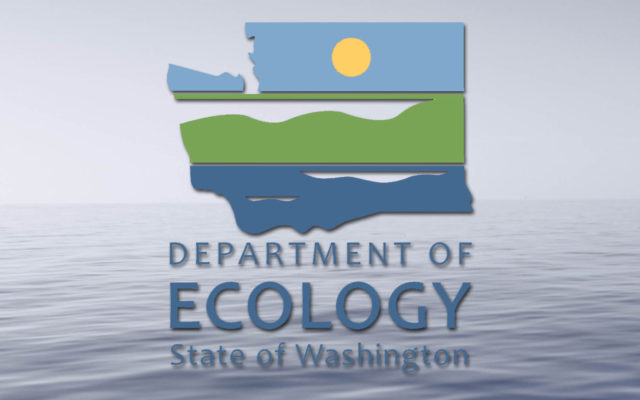Marine toxin levels stay high; historical patterns suggest razor clam digging closure through end of season


State shellfish officials are warning the public to prepare for extended closures of the local recreational razor clam season, if the current high levels of domoic acid follow historical trends.
In the latest update from the Washington State Department of Fish & Wildlife, they say that domoic acid levels continue to plague the local seasons as the marine toxin remains above statewide limits.
Officials continue to remind shellfish harvesters that no future razor clam dates will be announced until domoic acid levels in razor clams drop below the action level, and they add;
“We have no projections of when that might be. However, we do know that in three of the four major domoic acid events that occurred in the fall (1991-92, 1997-98 and 2002-03), domoic acid levels in razor clams remained elevated through the end of the season.”
In tests conducted recently, domoic acid levels remain high on all local beaches, with the highest concentration being in the Long Beach area.
“As you can see, Washington razor clams continue to follow the historical pattern of slowly depurating (losing) domoic acid. The hope for getting a chance to dig any time soon is fading. We also are observing the levels “bounce around” considerably, as they have in past events. This is a result the individual 12 clams we harvest when we are collecting samples. The toxin “load” can vary greatly between individual clams. The laboratory protocol requires the clams to be cleaned and then the meat from all 12 (per area) are blended together. Then a sample of that mixture is analyzed and one result is reported for that area.”
WDFW will continue to test every two weeks.
MARINE TOXIN UPDATE:
Listed below are the most recent marine toxin levels, as announced by the Washington Department of Health (WDOH).
Recall, before a beach can be opened for the harvest of razor clams, WDOH protocol requires that all razor clam samples collected from that beach must test under the action level (20 ppm for domoic acid; 80 µg/100g for PSP; and 16 µg/100g for DSP) on both of two required sample collections, that must be spaced 7 to 10 days apart.
Note that in all these samples; only razor clam meat tissue is tested.
Long Beach Area E (north): Collected 2/24/21
- domoic acid = 57 ppm
- PSP = none detected
- DSP = none detected
Twin Harbors Area CL (middle): Collected 2/23/21
- domoic acid = 39 ppm
- PSP = none detected
- DSP = none detected
Copalis Area XL (middle): Collected 2/23/21
- domoic acid = 26 ppm
- PSP = none detected
- DSP = none detected
Mocrocks Area BC (middle): Collected 2/23/21
- domoic acid = 29 ppm
- PSP = none detected
- DSP = none detected
These results and the historical record of domoic acid events can be found at: https://wdfw.wa.gov/fishing/basics/domoic-acid/levels (click on “show historical data”) and then hover your curser over the data points for more detail).
Along with sampling collecting razor clam every two week, WDFW together with our colleagues in the ORHAB (Olympic Region Harmful Algal Bloom) partnership continue on-going observations of the surf zone phytoplankton assemblages.
You Might Also Like



